by Richard J Grant
The proposed Nashville mass transit plan is not exactly what we would call a “lean startup.” With an optimistically estimated cost of $9 billion to be spent over the next 15 years, the new transit plan makes the Metro Nashville 2018 budget of only $2.2 billion look lean by comparison. If the transit money were spent evenly over 15 years, that would be $600 million per year of additional spending, a 27% increase over the existing budget.
The trouble with the transit plan is that the benefits are leaner than the costs. But it is worse than that. Those who pay for it, the majority, are not the same people who would really benefit, a tiny minority. And of that minority, the biggest beneficiaries would not even be passengers but rather those who would be paid to build, maintain, and rebuild the infrastructure and trains. The $9 billion is just the beginning: every few decades the whole system will have to be refurbished or replaced. We (and our children) will get to pay for it all over again, probably before we have paid off the debt for the first round of expenditures.
The cost estimate originally released for the transit plan was $5.4 billion. But that covered only the basic capital expenditures. If we buy that part, then we will also have to spend another $3.5 billion during the construction period for operations, maintenance, and financing. That raises the total to just under $9 billion, assuming no cost overruns.
Who should pay for this? The answer coming from expected future passengers and from the suppliers of infrastructure and rolling stock is, “Somebody else.” No one predicts that passengers would be willing to pay enough per mile of travel to cover the operating costs, let alone the cost of financing the infrastructure investments. In business terms, with the new trains, the government-run municipal transit system is expected to lose even more money per mile than it does now.
That alone is not an argument against the project: It is normal to see government activities as cost centers providing benefits for which the valuations are hard to calculate. But it is a very powerful argument to insist that the local government choose instead a course of action that consumes less wealth per passenger mile. There are more cost-effective proposals, such as a more creatively deployed bus network, that the Metro government could undertake. And when governments expropriate wealth to subsidize services, they crowd out many private alternatives and the entrepreneurial innovations that “might have been.” Even now, we don’t know what we are missing.
If passengers are not expected to value the services highly enough to pay for them, then what does that tell us about the wisdom of diverting $9 billion from more highly valued alternative uses? Passenger fares are expected to cover less than a quarter of the operations and maintenance costs. If the Transit Authority raises fares, it will lose more passenger fares than it gains from the fare increase. If it reduces fares, it will lose more on each ticket than it gains from new passengers. That leaves local and regional taxpayers to cover between two thirds and three quarters of the costs that passengers refuse to pay. Some of those costs, local officials hope, will be covered by grants from the federal government. Local politicians portray that money as “free,” when it is just as surely a burden on local taxpayers when they pay the bill through their federal tax returns.
Then, after all that expenditure and the added burden of the tax hikes, commuters will find that there is little effect on congestion and that their cars still get them to work quicker and more comfortably than do the new trains.
– – –
Richard J Grant is an economic consultant and writer based in Nashville, TN.

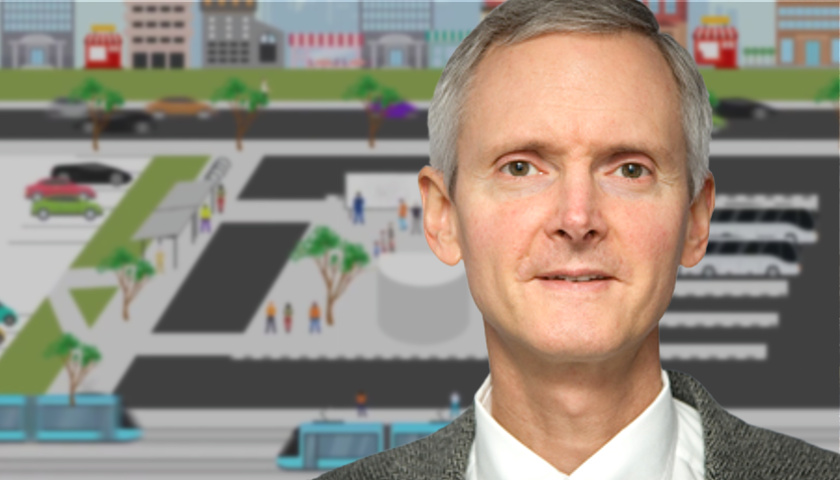
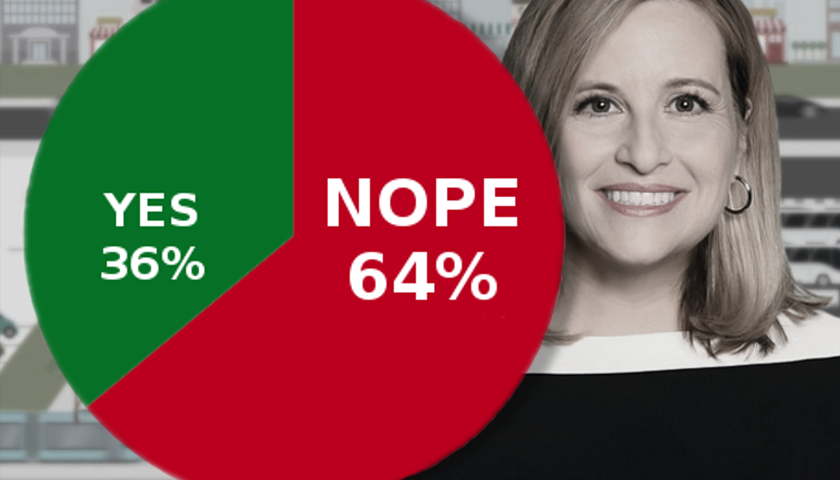
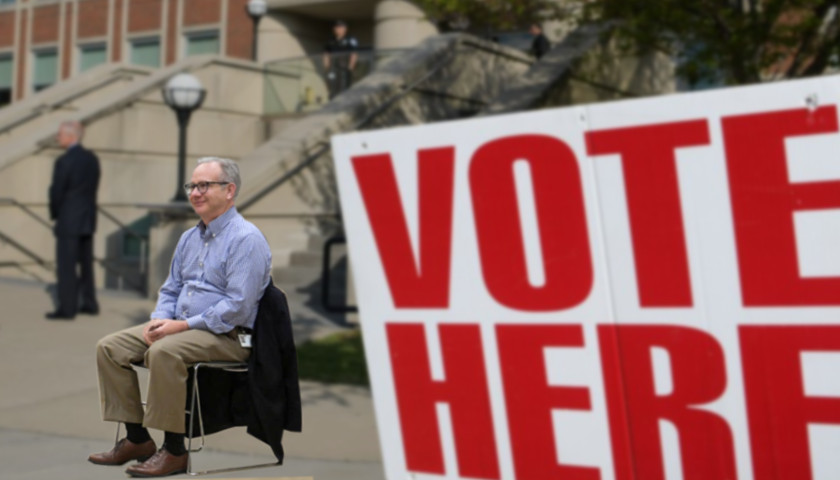
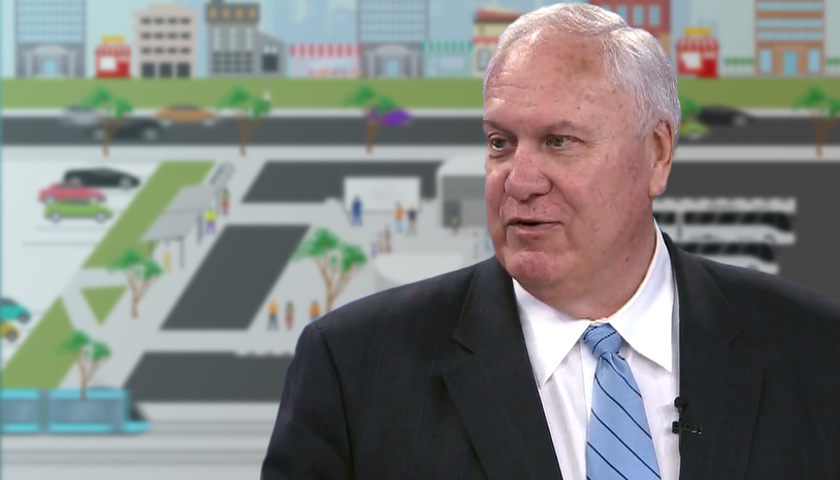
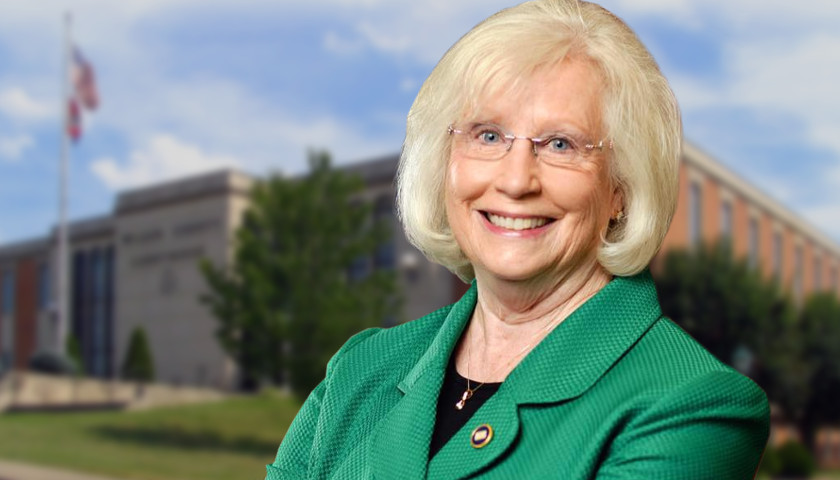
Rail needs to be from all 6 major arteries INTO AND OUT OF Metro / Davidson County:
The genuine problem with the Metro “light rail” plan, as is, resides in the fact it does *nothing* to diminish the traffic *into* Metro. The only *real* solution is to provide high-speed rail *into* and *out of* Metro from the *surrounding* communities, such as Lebanon / Mt. Juliet, Clarksville, and *especially ALL* of Rutherford County and Franklin/Cool Springs. The idea of running people around Metro who originated *already in* Metro is akin to blowing leaves all over one’s yard without ever forming a pile. No change in the number of leaves, only their position, resulting in nothing more than a total waste of time and energy. Rail must reduce the vehicles migrating *into and out of* Metro on a daily / annual basis.
Consider Metro’s Union Station as a hub, as it was originally purposed. High-speed rail can ride straight up the center of I-24 and I-65 for the most part, even I-40, right into Union Station, where the MTA can circulate riders (by transfer) to all the major arteries within town. *THIS* will *reduce* the amount of vehicles coming *into* Metro, and thus reduce congestion (and pollution!) and (ironically) the need for rail within Metro.
I believe that the proposed transit system has virtually nothing to do with transit and a WHOLE LOT to do about social engineering, rewarding the already wealthy real estate holders and socialistic redistribution of wealth.
Great comment!